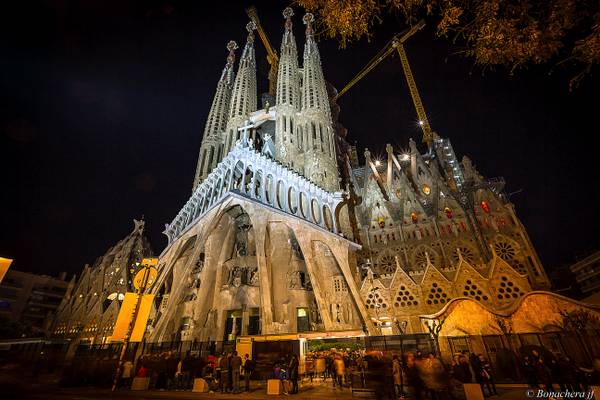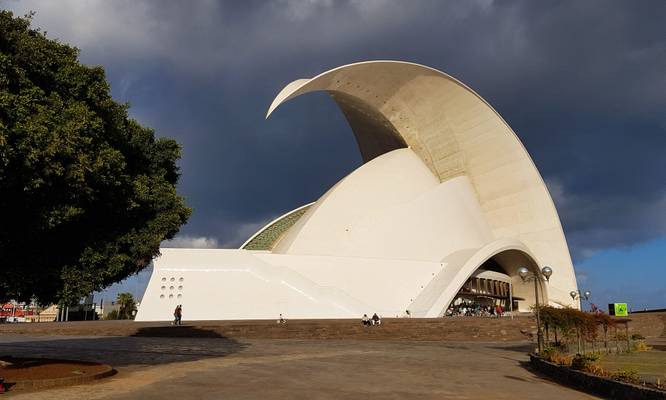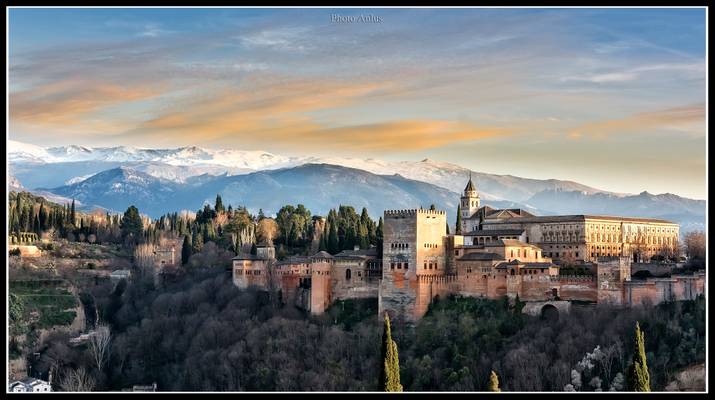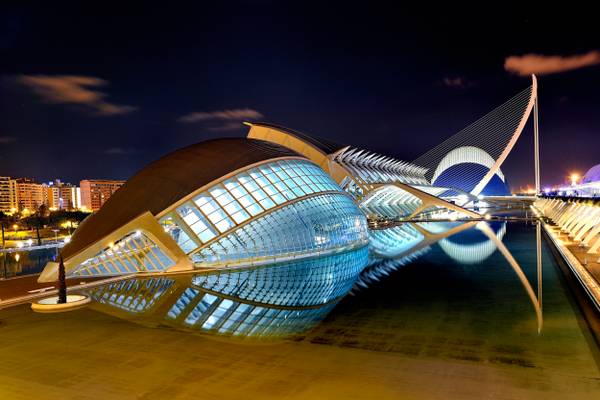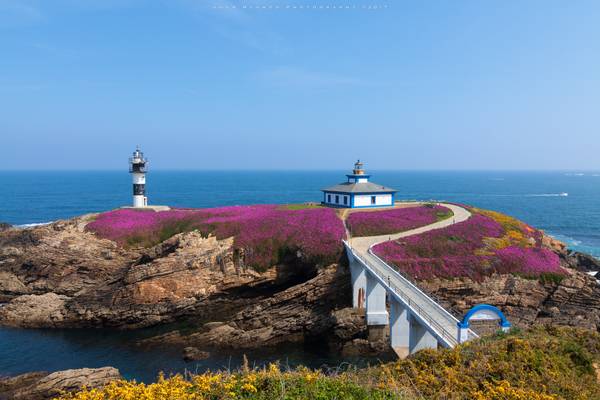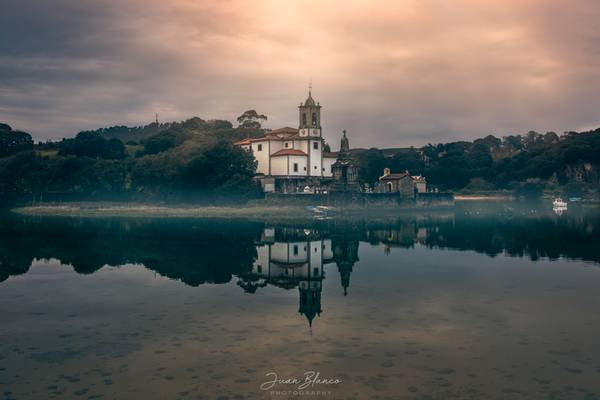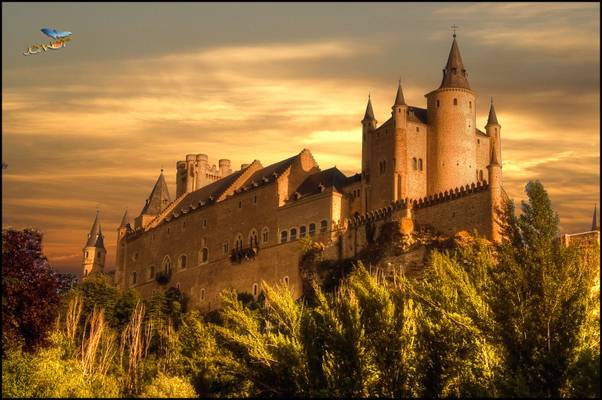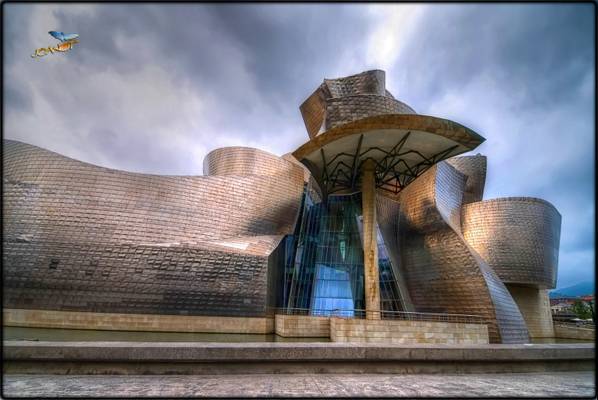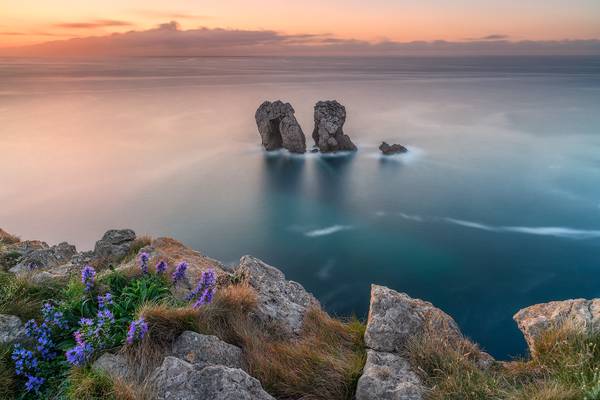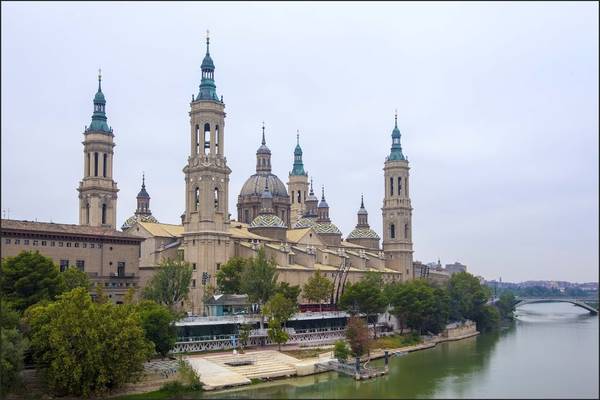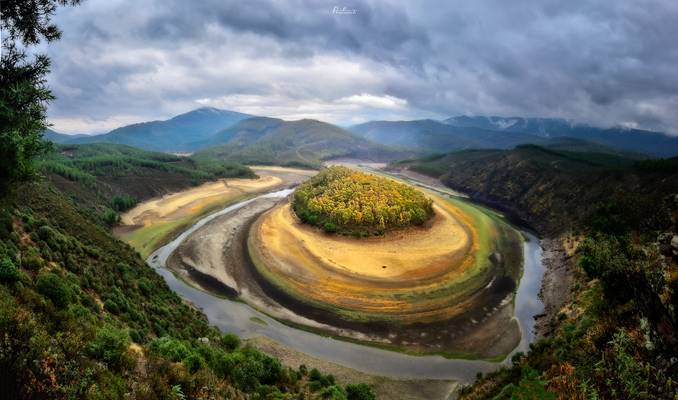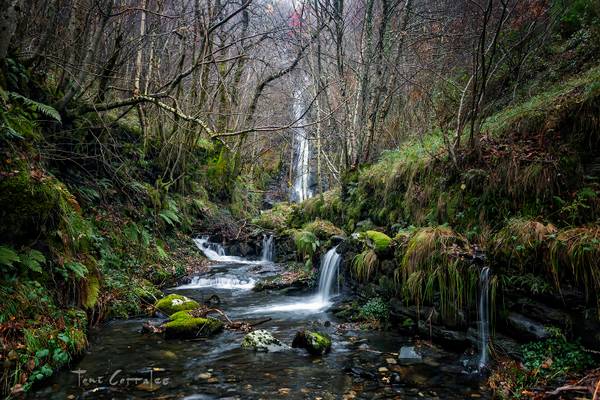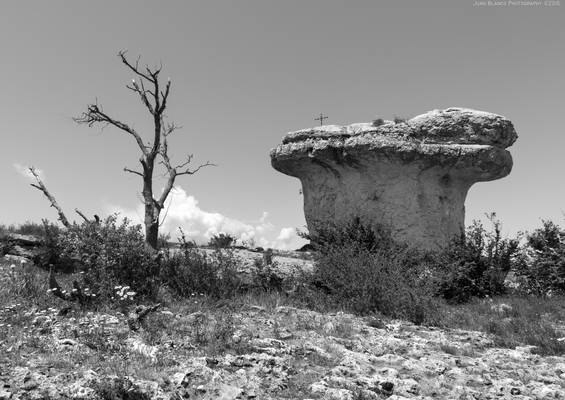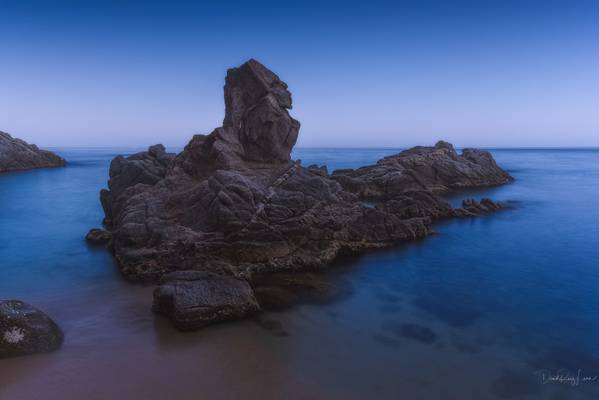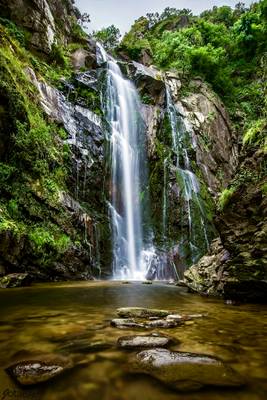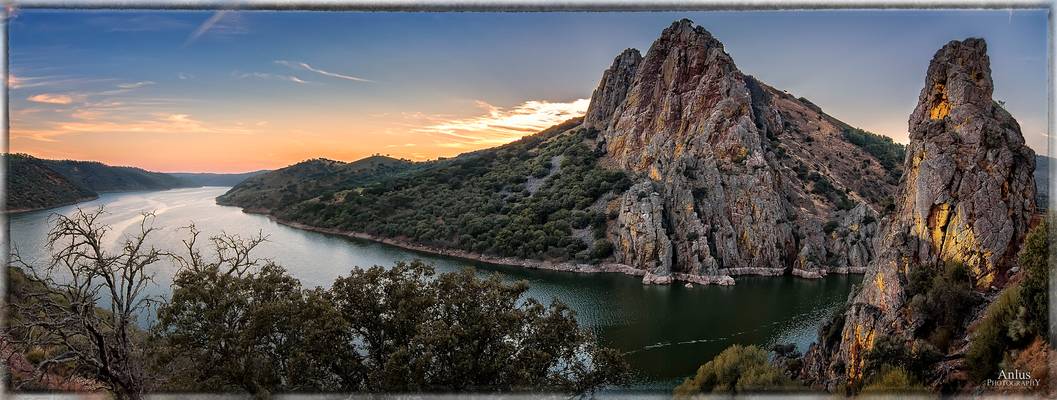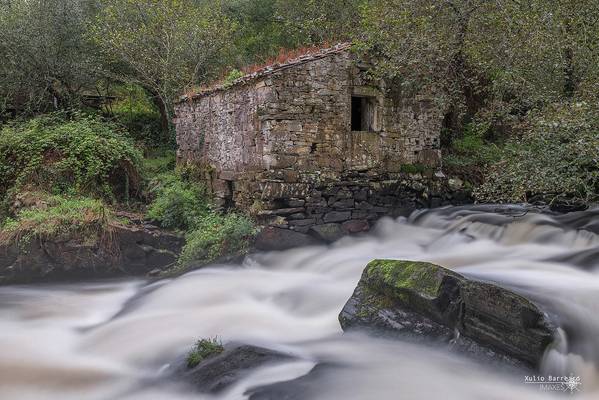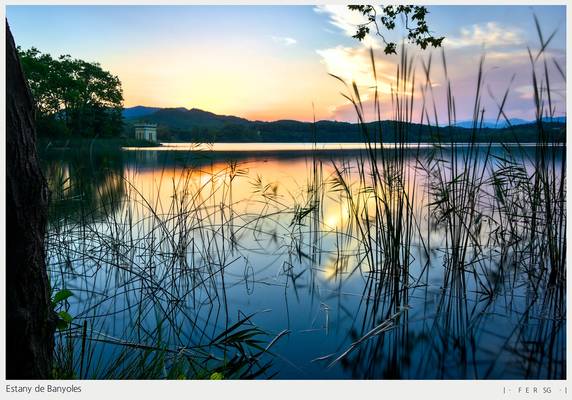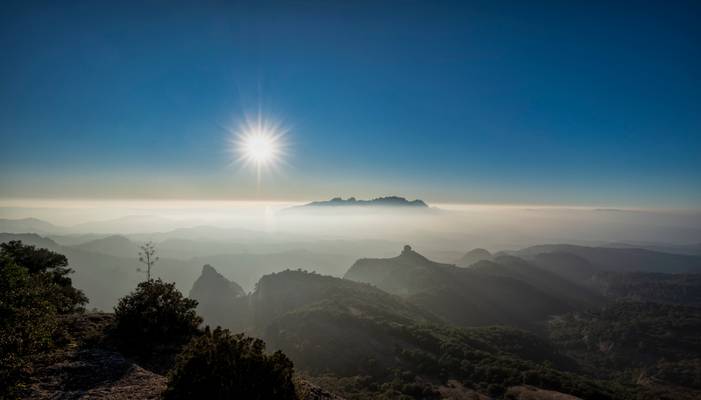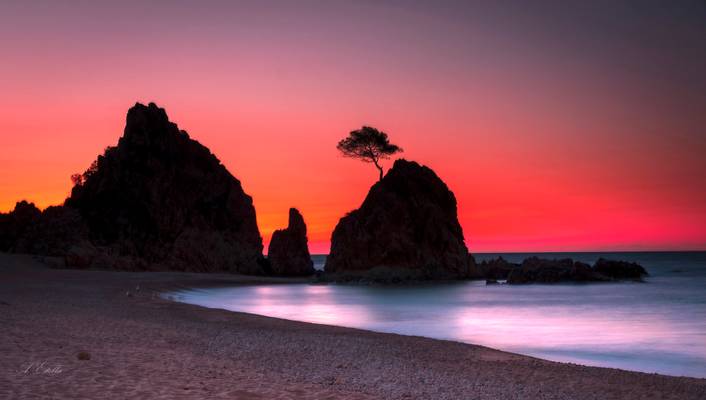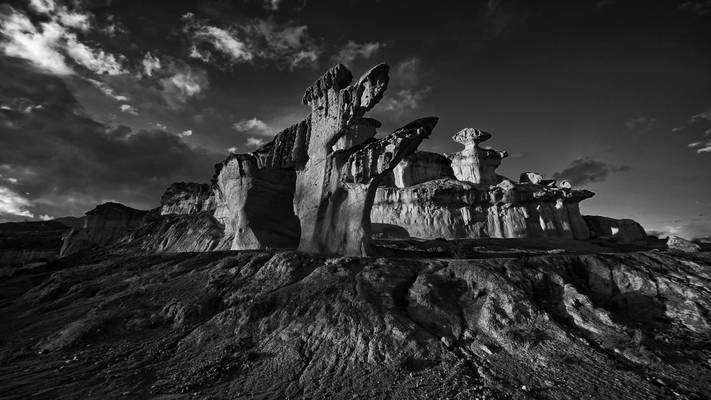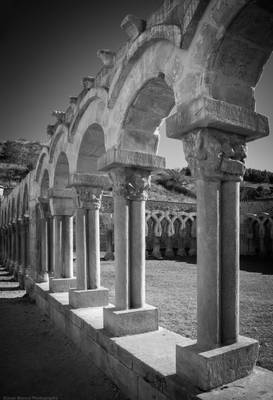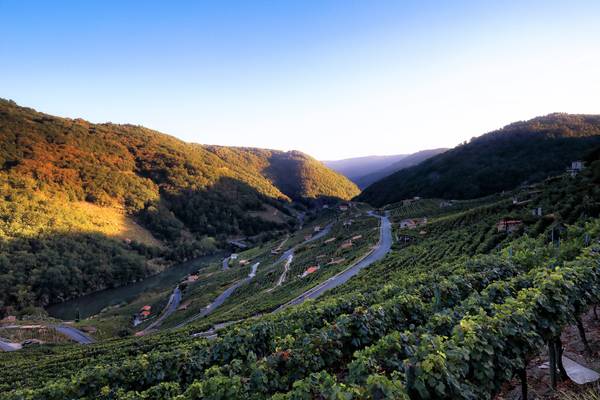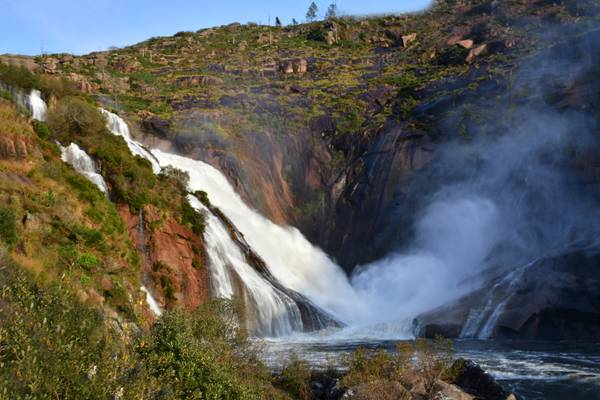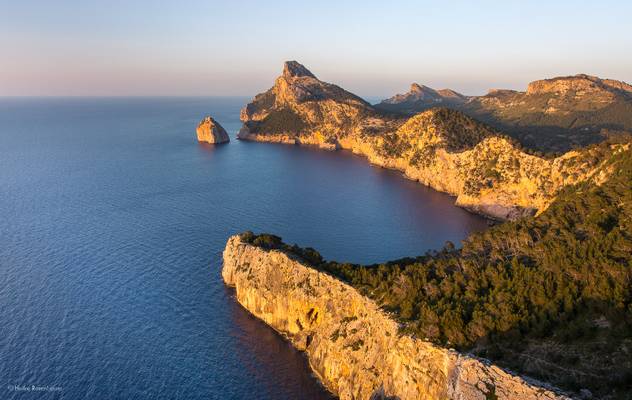
Spain
Spain is a country that is rich in culture, history, and natural beauty. It is a popular destination for photographers from all over the world, who come to capture the stunning landscapes, architecture, and people of this diverse country. From the vibrant streets of Barcelona to the rugged mountains of the Pyrenees, Spain offers a wealth of photography locations that are sure to inspire and captivate any photographer. Whether you are interested in capturing the colorful festivals, the ancient ruins, or the picturesque beaches, Spain has something for everyone. Some of the most popular photography locations in Spain include the Alhambra Palace in Granada, the Gothic Quarter in Barcelona, the Guggenheim Museum in Bilbao, and the Camino de Santiago pilgrimage route.
Photography regions of Spain
Photography of Spain

by Heike Rosenbaum
The classic view at sunset
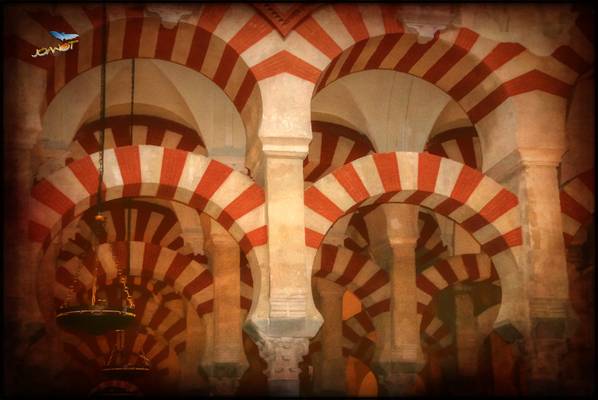
by Joanot Bellver
** La Mesquita de Còrdova (Andalusia) Spain No Awards, Please! - All right reserved - Contact: joanot@cmail.cat
All my photos in one click - Fluidr - 500px - Recent - Interesting - Random - Sets - Google Plus - Pinterest - Tumblr - Twitter - Explorer - Facebook - **

by Jean François Bonachera
La Cathédrale Sainte-Croix de Barcelone: Le Chœur de la cathédrale : sur le dossier des stalles se trouvent encore les tableaux aux armes des chevaliers de l'ordre
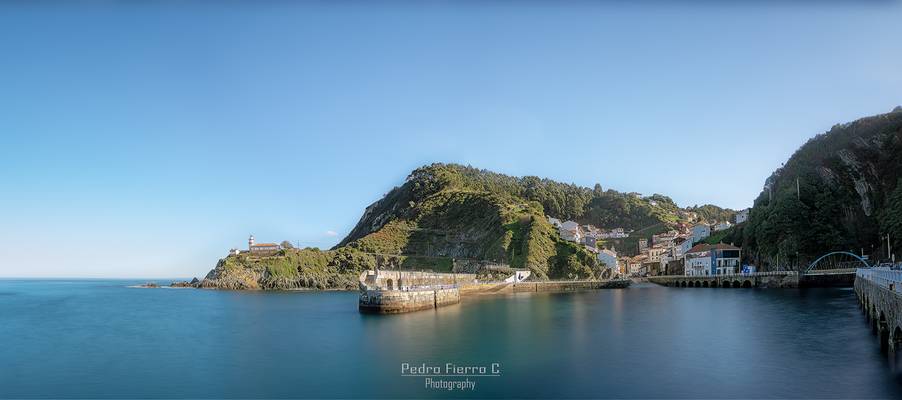
by Pedro Fierro
www.pedrofierro.com/ Ayer día 17 sábado, un grupo numeroso de miembros de la Asociación Amigos Fotógrafos, realizamos una excursión por las costas de Asturias y paramos a reponer fuerzas en este precioso pueblo de Cudillero, aparte de los diferentes lugares que visitamos todos ellos de gran belleza, como era de esperar las costas del Cantábrico, nunca defraudan.
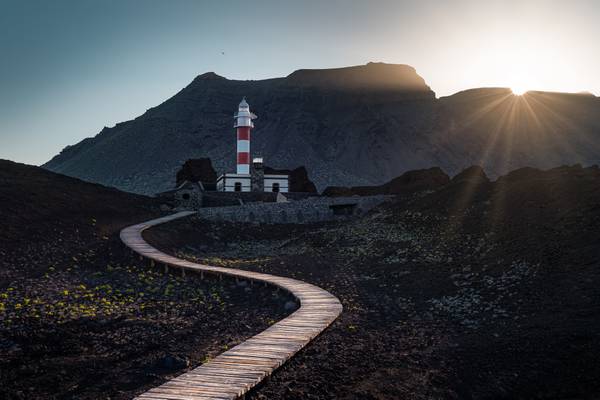
by Jiri Hajek
I'd prefer sunset here, but since the access to this location is limited, sunrise was easier to arrange. Fortunately, it's beautiful here any time of day and as a bonus, I had the lighthouse all for myself for an hour or so. Beautiful morning!
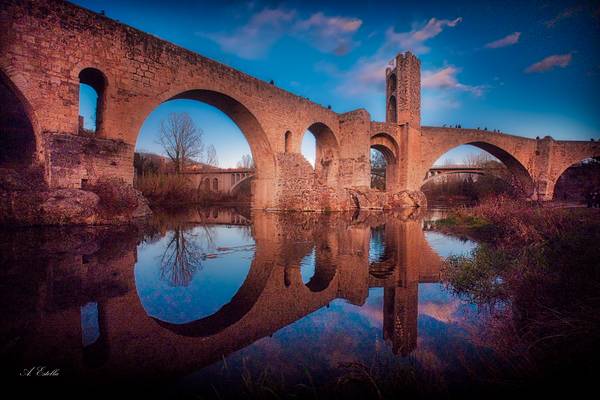
by Alberto Estella
El puente de Besalú es un puente románico que está situado en Besalú (Gerona, España) y cruza el río Fluviá. Está catalogado como Bien de Interés Cultural a nivel nacional y a nivel autonómico como Bien Cultural de Interés Nacional,
Se trata de un puente de forma angular con siete arcos desiguales (el primero queda incluido dentro del sector correspondiente al recinto amurallado), que están situados encima de pilares, muchos de ellos basados en la roca viva, con tajamares. Al final del primer tramo, entre el cuarto y el quinto arco, hay un ensanchamiento de la calzada y más adelante, entre el sexto y el séptimo, hay otro. El portal de acceso, fortificado, está sobrepuesto al primer pilar del puente.
Encima del quinto pilar se levanta la torre fortificada, de planta hexagonal con dos arcos de medio punto superpuestos, por el lado de levante, y con un arco apuntado y aspilleras en la cima, por el lado de poniente. En uno de los sillares del pilar central del segundo tramo, hay una piedra heráldica con la fecha 1680, lo que hace pensar en una restauración de gran envergadura o en una reconstrucción casi total del puente.
Historia El puente de Besalú es el resultado de varias reconstrucciones, reformas, añadidos y restauraciones, realizadas a lo largo de los siglos. La primera noticia que se tiene del puente es del año 1075. En 1284 se vuelve a hacer referencia al puente, al vender un huerto. Puede que el trazado inicial fuera otro, ya que aguas arriba hay restos de un pilar con sillares en la base similares a los del puente. Varios aguaceros (1315, 1321, 1433, 1421, 1669, 1771 y 1790) afectaron el puente de modo que fue necesario repararlo a menudo. En 1880 se derribó la torre del centro y el portal de acceso desde el pueblo para facilitar el paso de maquinaria necesaria para la industria local. En 1939, durante la Guerra Civil Española, se volaron dos arcos.
La técnica:
5 archivos RAW +4 +2 0 -2 -4 pasos de luz, trípode y filtro ND 1000 Revelados y procesados con Aurora HDR 2018
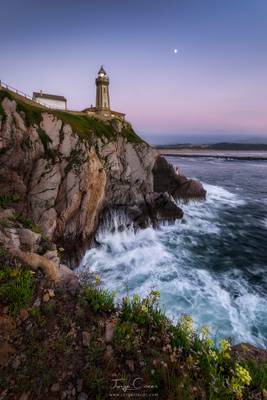
by Jorge Císcar
Faro de San Juan en Avilés (Asturias - España). Descubre las mejores localizaciones asturianas para hacer fotos en www.jorgeciscar.com/asturias Procesada con Luminar: bit.ly/lumjc
San Juan lighthouse in the city of Avilés (Asturias - Spain). Discover the best locations to take pictures in Asturias (sorry, only in Spanish...): www.jorgeciscar.com/asturias Post-processing with Luminar: bit.ly/lumjc
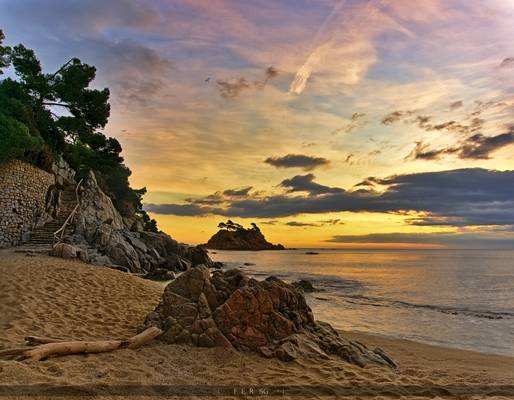
by Fer_SG
It was a cloudy sunrise on that beach near Cap Roig Hotel in Costa Brava, Catalonia. This shot was taken at 7:56, 4 minutes before the sunrise.
It was really relaxing to be there enjoying colors and the sound of the sea.
More pictures from those days and location can be seen in this album: www.flickr.com/photos/fersg/albums/72157676556069928
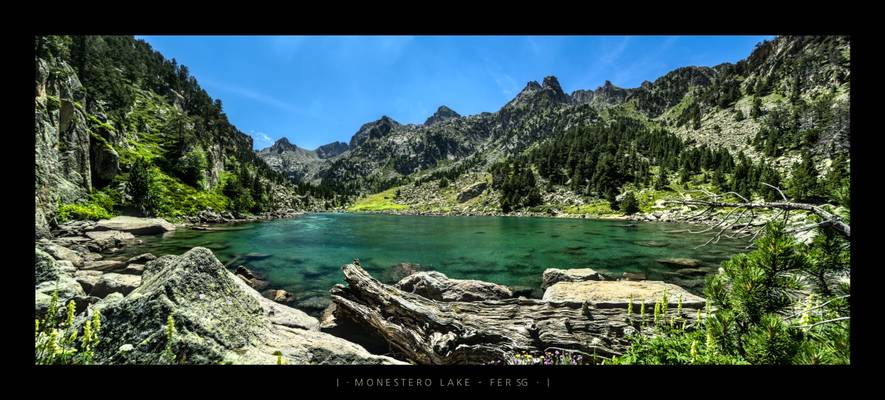
by Fer_SG
Flickr: https://flic.kr/p/2mhCmUi
Nice lake in "Parc Nacional d'Aigüestortes" within the Catalan Pyrenees.
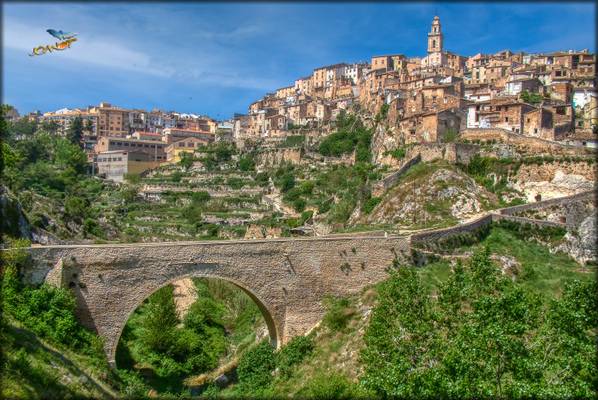
by Joanot Bellver
** Bocairent (Vall d'Albaida) País Valencià ////
All right reserved Contact: joanot@cmail.cat
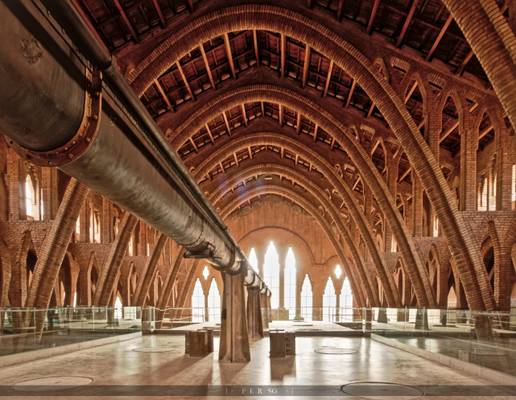
by Fer_SG
Extracted and translated from wikipedia: ca.wikipedia.org/wiki/Catedral_del_vi
A wine cathedral is, in the Catalan sphere, a cooperative winery with a large ship built in the Modernist style approximately between 1910 and 1920.
The architects that designed this type of construction are Cèsar Martinell (disciple of Antoni Gaudí) or Pere Domènech i Roura, among others. The denomination was created by Àngel Guimerà to refer, initially, to the Cooperative Winery of the Espluga de Francolí and later extended to the Cooperative Winery of Gandesa and other similar cellars. These buildings have in common their characteristic architectural style, as well as the size of the ships.
The name of the wine cathedral is explained above all by the aesthetics (for example, by the facade and the vaults of the ceiling) and by the dimensions. Keep in mind, on the other hand, that the beauty and other peculiarities of these works are linked to functionality. It is a specific conception of modernism, in which the aesthetics and functionality were built on the wall; and so is seen in many other modernist works that are wineries like the attic of La Pedrera in Barcelona, the Palace of Catalan Music of Barcelona, the Institute Pere Mata de Reus or slaughterhouses Modernist Tortosa among others.

by Fer_SG
Walking near the coast in Costa Brava, near Calella de Palafrugell, you can imagine interesting things while admiring the sea and nature.
This is a hard edition of this shot where the sea and skype is managed in a soft focus. You can see the soft one following this link:
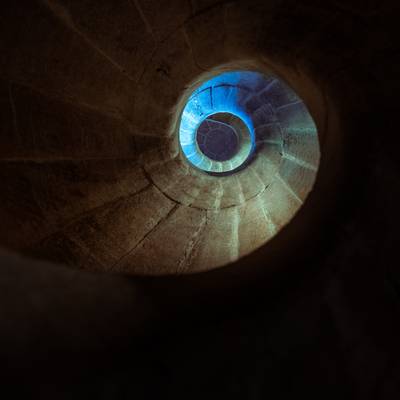
by Giuseppe Milo
Check out my gallery at www.pixael.com/en/pictures if you want to see more pictures.
You can follow me on www.facebook.com/giuseppemilophototwitter.com/pixael_cominstagram.com/pixael/
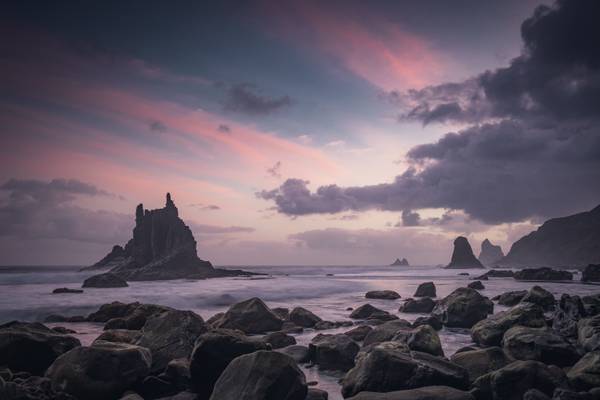
by Jiri Hajek
Benijo is a pretty remote beach, but definitely worth the trip. The sea stacks and beach boulders offer plentiful opportunities for compositions.
Photo Tips: Any time of day can be interesting here. I'd prefer sunrise, but sunsets can be equally good. Watch out for waves!
Getting there: It's about an hour of mountain driving from Santa Cruz de Tenerife, so start early. Be careful while driving, since there's a lot steep curves, but the road is in a good condition, so nothing dangerous in case you are careful. There's parking right above the beach, but only for some tens of cars, which is more than enough for mornings, but might be harder to park in the evening.
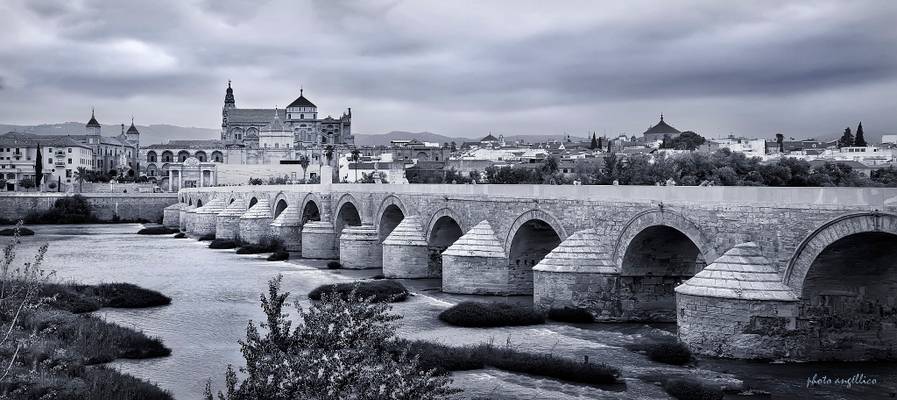
by angel
Dos mil años nos separan de ese puente romano, mas de 1000 de la Mezquita del fondo, y 500 de la Catedral que se aloja en su interior, en esta toma se junta el arte Romano, el arte Musulmán y el arte Cristiano, todo en una sola toma de Córdoba.
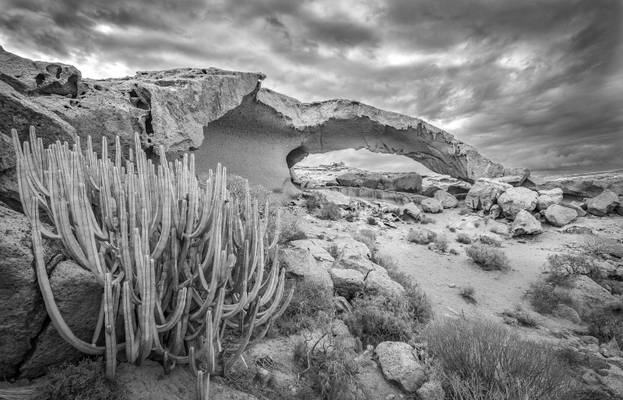
by Frank Voigtländer
Arco de Arico auf Teneriffa, Kanarische Inseln
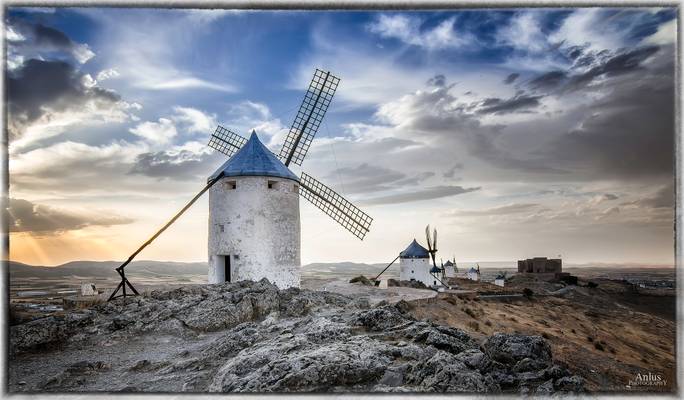
by angel
Consuegra (Toledo) Los molinos de Consuegra son un conjunto de molinos situados en el denominado «cerro Calderico», en el municipio español de Consuegra, provincia de Toledo, Castilla-La Mancha. En 2006 fue incoada la declaración conjunta como Bien de Interés Cultural del cerro, incluyéndose los molinos y el aledaño castillo de la Muela; en febrero de 2008 se aprobaría con la categoría de «Sitio histórico».
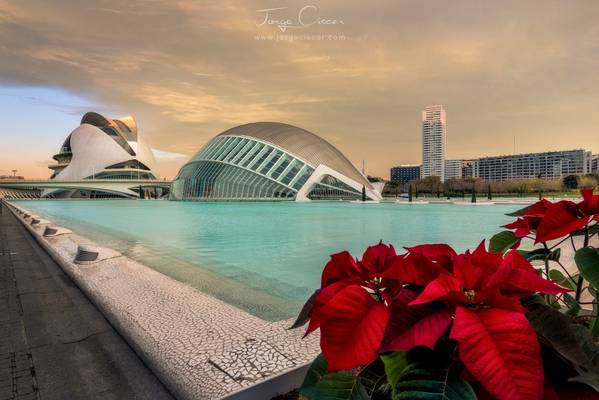
by Jorge Císcar
Recordando Valencia en Navidades. Tienes mi eBook sobre fotografía de viajes en: bit.ly/ebookjc Procesada con Luminar: bit.ly/lumjc
Remembering Valencia (Spain) in Christmas. Post-processing with Luminar: bit.ly/lumjc
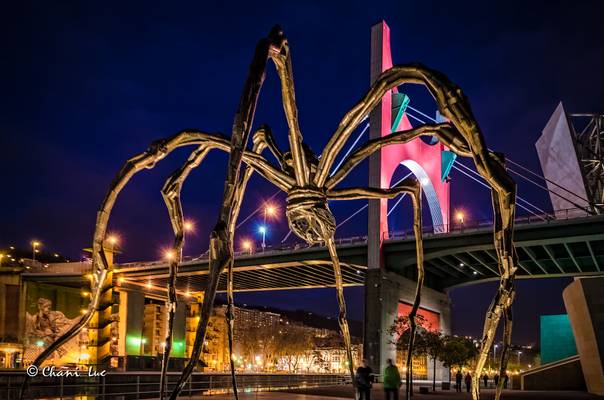
by Luciano Paniagua Montes
Louise Bourgeois Mamá (Maman), 1999 Bronce, mármol y acero inoxidable 895 x 980 x 1.160 cm Fundido en 2001 Museo Guggenheim, Bilbao
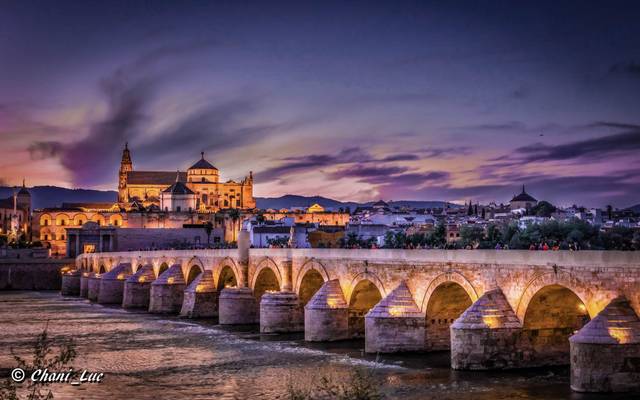
by Luciano Paniagua Montes
El puente romano de Córdoba está situado sobre el río Guadalquivir a su paso por Córdoba, y une el barrio del Campo de la Verdad con el Barrio de la Catedral. También conocido como "el Puente Viejo" fue el único puente con que contó la ciudad durante 20 siglos, hasta la construcción del puente de San Rafael, a mediados del siglo XX. El 9 de enero de 2008 se inauguró la mayor y discutida remodelación que el puente Romano ha tenido en su historia.
Construido a principios del siglo I d.C., durante la época de dominación romana en Córdoba, sobre el río Guadalquivir (probablemente sustituyendo a uno más primitivo de madera), tiene una longitud de unos 331 metros y está compuesto por 16 arcos, aunque originalmente tuvo 17. Fue uno de los más importantes medios de entrada a la ciudad desde la zona sur de la península Ibérica por ser el único punto para cruzar el río sin utilizar ningún tipo de embarcación. Probablemente la Vía Augusta que iba desde Roma hasta Cádiz pasaba por él.
Desde 1931, el puente, conjuntamente con la puerta del puente y la torre de la Calahorra está declarado Bien de interés cultural en la categoría de monumento. Forma parte del centro histórico de Córdoba que fue declarado Patrimonio de la Humanidad por la Unesco en 1994.
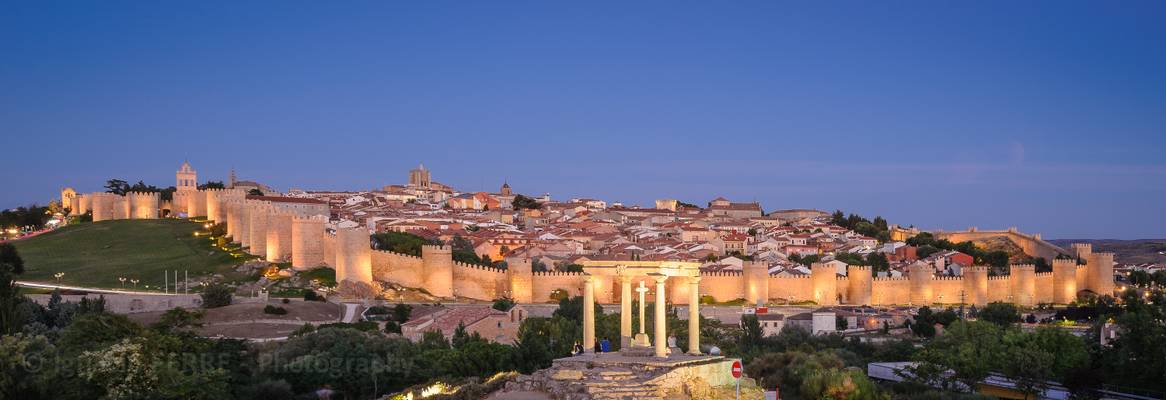
by IGNACIO FERRE PEREZ
_IFP0163_Lr
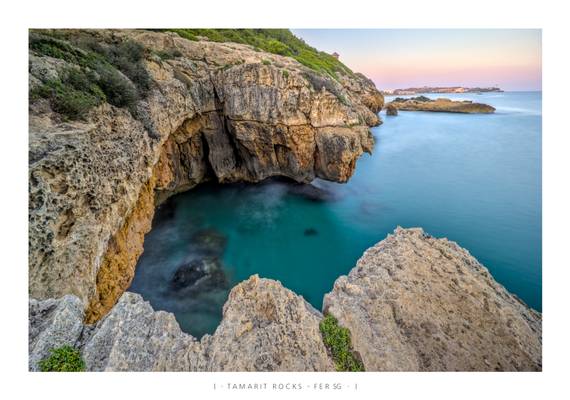
by Fer_SG
Enjoying powerful sensations while taking this shot.
This is a long exposure (10 seconds for the main shot) and HDR shot made up of 5 shots taken in autobraking mode (-1.4Ev; -0.7Ev; 0Ev; +0.7Ev; 1.4Ev). It was used:
- Haida Neutral filter of 6 steps (1.8 ND)
- Gobe CPL Polarizer Filter
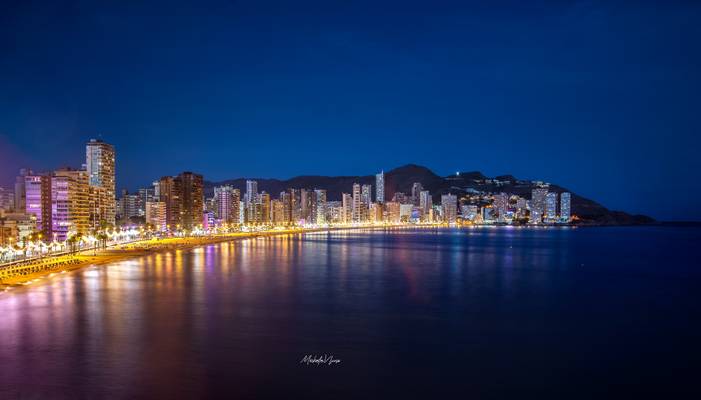
by Michele Naro
Playa de Levante
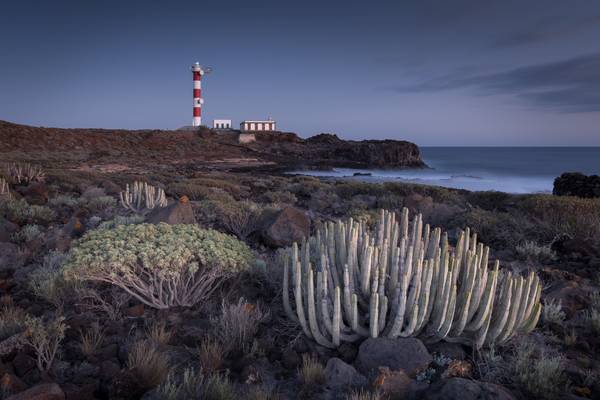
by Jiri Hajek
Taken shortly after sunset on a beautiful warm evening, almost no wind, really nice place to enjoy!
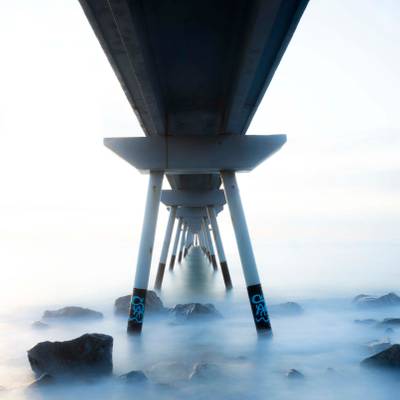
by Enrica Fabriani
Pont del Petroli
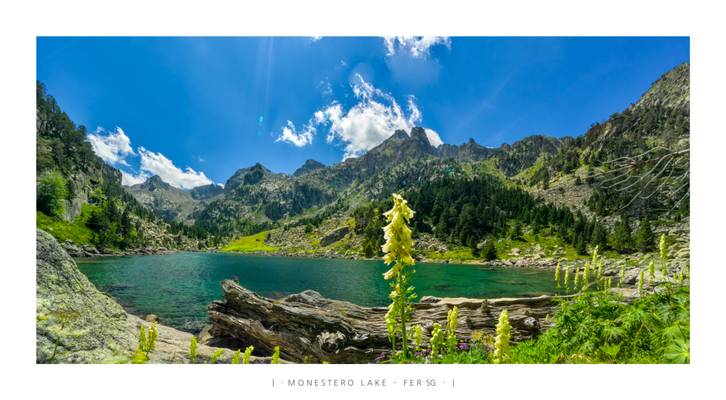
by Fer_SG
Nice view of Monestero Lake.
This panorama is made of three shots. Hugin was used for stretching the panorama with a Biplane projection, while the rest of the job was done with Darktable. A 'Gobe CPL' Polarizer Filter was used.
A scene-referred pipeline was chosen, and a personal Orton effect was applied in the end with few display-scene plugins, blurring a little bit the far mountains.
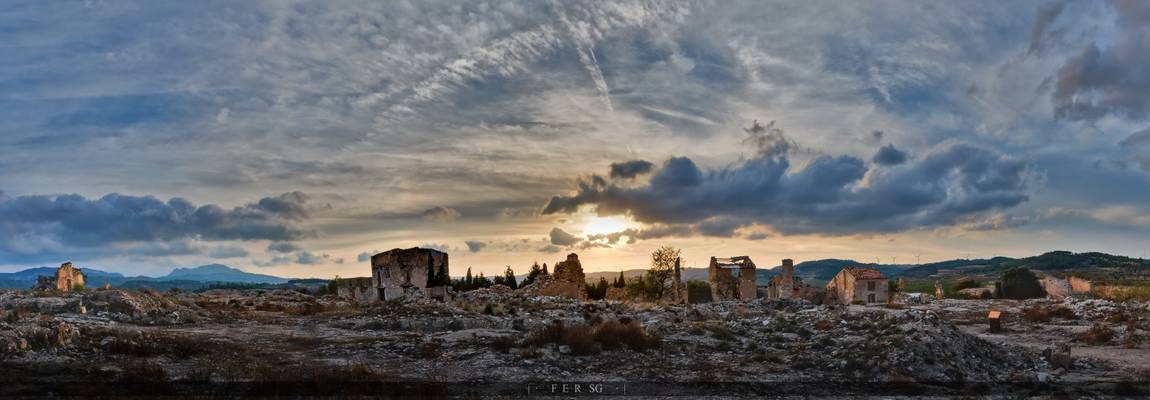
by Fer_SG
A reminder of war consequences.
Extracted from wikipedia: en.wikipedia.org/wiki/Corbera_d%27Ebre
"The town was completely destroyed during the Battle of the Ebro (25 July–16 November 1938) and although the lower part of the town was rebuilt, the upper part, known as Poble Vell (Old Town), including the old church on the hill, has been kept as a reminder.
The town has one of the five information centres run by COMEBE, a public consortium, including the Generalitat de Catalunya, that was founded in 2001 to recover the historical memory of the areas in which the 115-day-long Battle of the Ebro, the longest, bloodiest and most decisive battle of the Spanish Civil War, took place. The Centre d'interpretació de la batalla de l'Ebre (Battle of the Ebro Information Centre) has marked paths on a circuit around the area."
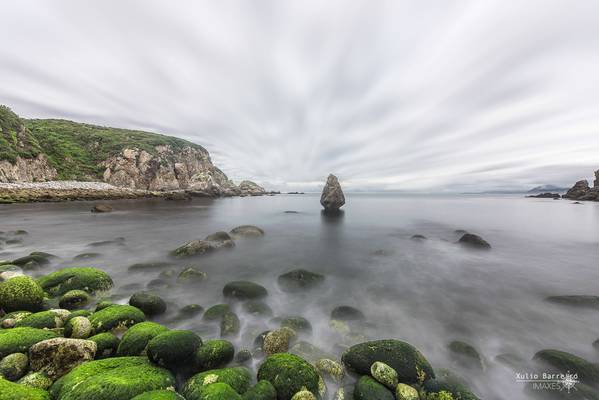
by Xulio Barreiro
Gracias por vuestras visitas y comentarios. Saludos /Thanks for your visits and comments. Regards. www.youtube.com/watch?v=mceI44LrEKk&list=RDIfaaaDX_Uh...
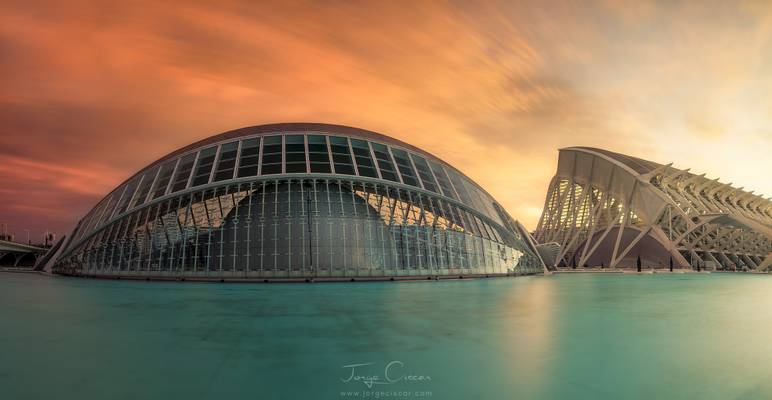
by Jorge Císcar
Sunrise at Museo de las Artes y las Ciencias in Valencia (Spain). Post-processing with Luminar: bit.ly/lumjc
Amanecer en el Museo de las Artes y las Ciencias en Valencia (España). Procesada con Luminar: bit.ly/lumjc
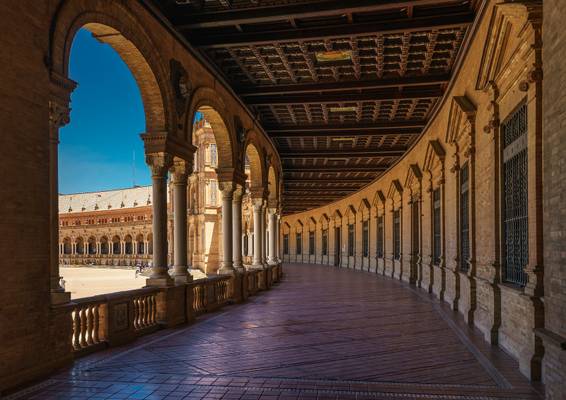
by Frank Voigtländer
Sevilla, Plaza Espana
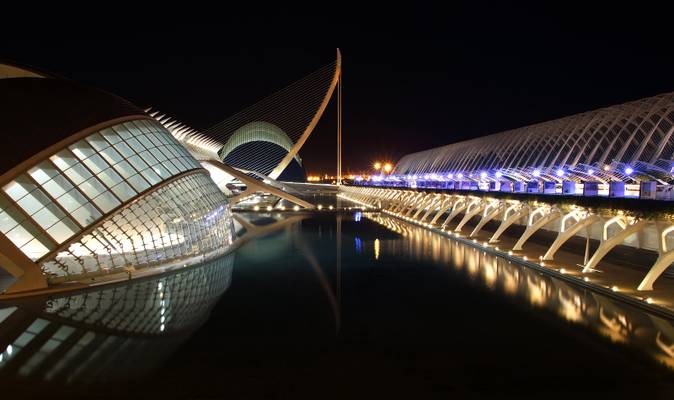
by Frank Voigtländer
Stadt der Künste und Wissenschaften
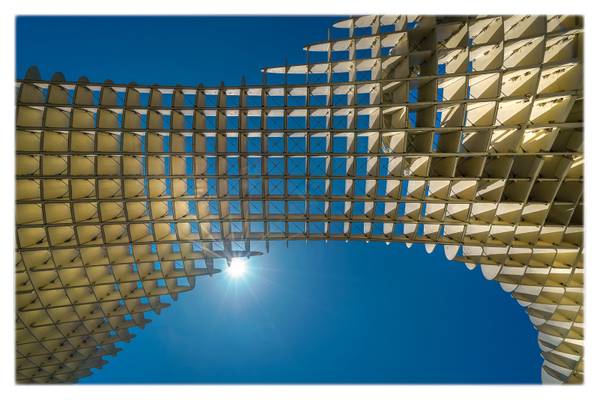
by Frank Voigtländer
2019.06 Andalusien-715-BA

by Fer_SG
Flickr: https://flic.kr/p/2eovE6d
Sunrise in Moll del Petroli (Petrolium dock), Badalona.
Simple shot in Manual mode with 416 seconds (7 minutes) of exposition. This is my first shot taken and published with a filter. In fact, it was a double filter (Haida ND3.0 {100 steps} and Haida ND1.8 {6 steps}).
After, It was processed with Darktable creating the basic canvas for AdobeRGB with the Logarithmic option for Unbreak input profile. Then, additional plugins like Tone Curve, Highpass filters (only rocks), Local contrast (only rocks), Lowpass filters, Haze removal, some denoise plugins, and others were applied.
In this edition, the exposition was a little bit increased, colors were not modified but saturation and vividness were increased.
There is another version where the exposition was maintained a little bit low, colors were modified to be more neutral, and also violets where increased. You can see following this link: www.flickr.com/photos/fersg/46899055231/in/photostream/
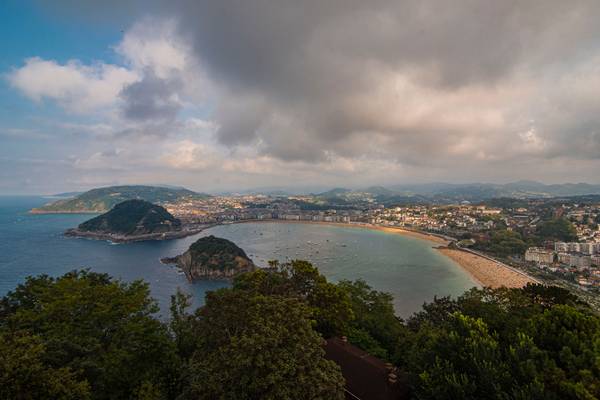
by Enrica Fabriani
Vistas desde el monte Igeldo.
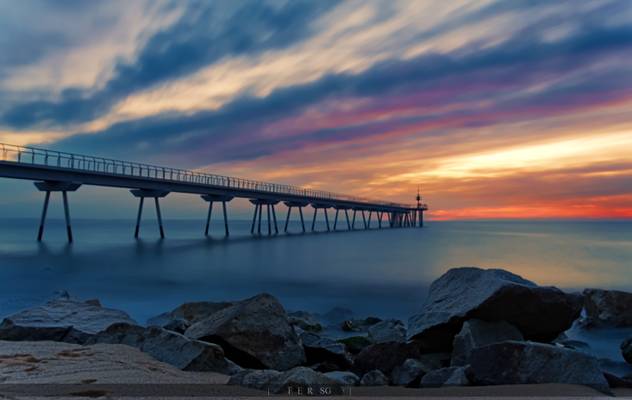
by Fer_SG
Sunrise in Moll del Petroli (Petrolium dock), Badalona.
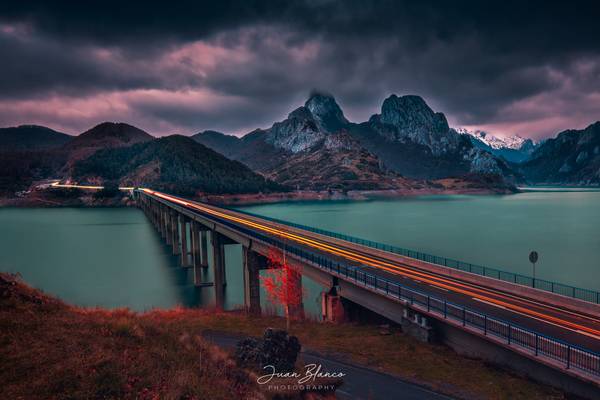
by Juan Blanco
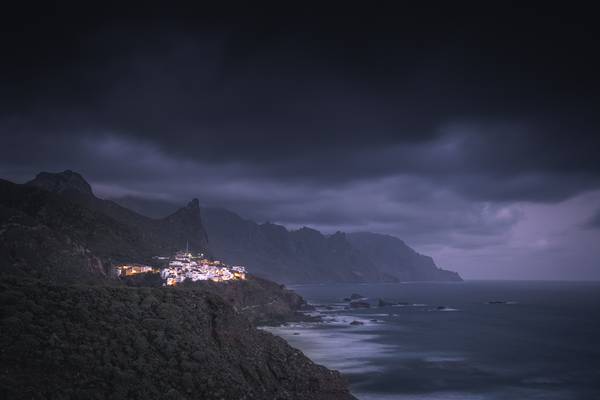
by Jiri Hajek
Very early morning everything was dark, except for the white illuminated village of Almáciga. This viewpoint doesn't disappoint in any time of day or weather!
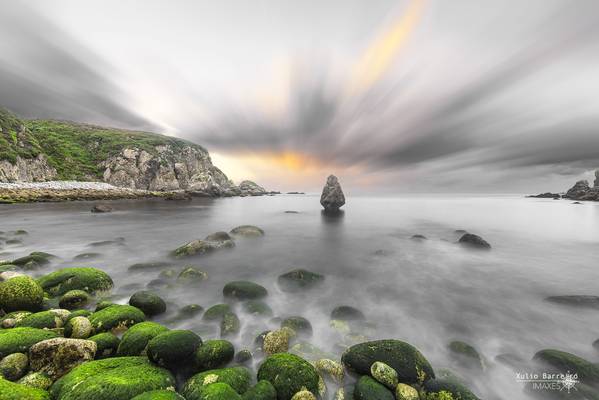
by Xulio Barreiro
Gracias por vuestras visitas y comentarios. Saludos /Thanks for your visits and comments. Regards. www.youtube.com/watch?v=vUSzL2leaFM&list=PLChXeamhJLH...
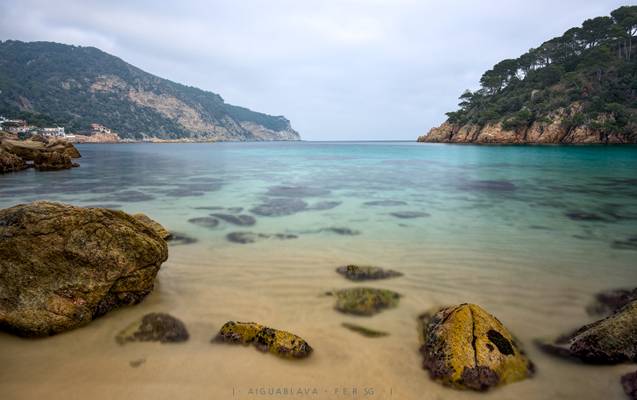
by Fer_SG
Flickr: https://flic.kr/p/2mWjZDc
Simple long exposure shot, from Aiguablava beach. A 'Gobe' UV, CPL Polarizer Filter, and a Haida 3.0 Neutral filter were used. You can read additional technical information in my profile (about section).
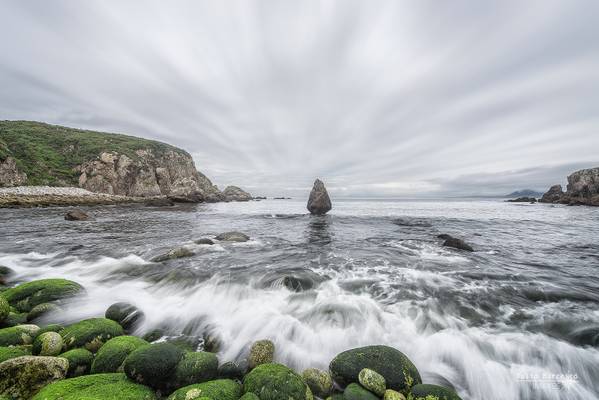
by Xulio Barreiro
Gracias por vuestras visitas y comentarios. Saludos /Thanks for your visits and comments. Regards www.youtube.com/watch?v=lYrD2SthaMU
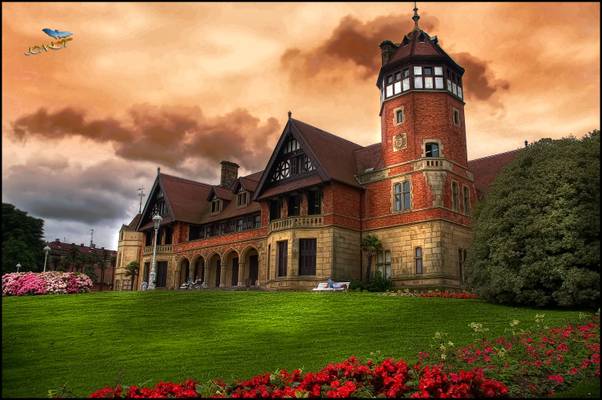
by Joanot Bellver
** Palau de Miramar de Donostia (Euskal-Herria)
All right reserved Contact: joanot@cmail.cat
All my photos in one click - Fluidr - 500px - Recent - Interesting - Random - Sets - **
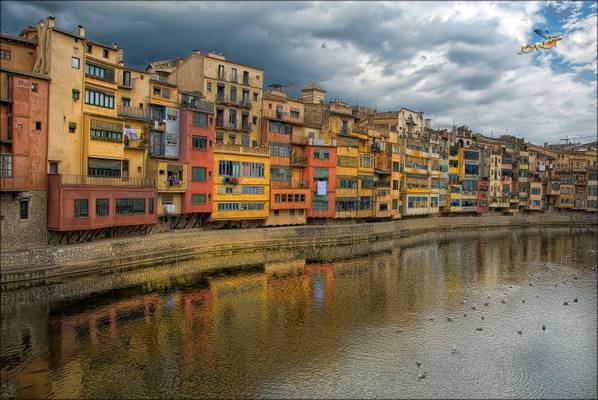
by Joanot Bellver
** Ciutat de Girona (Gironès) Catalunya ////
No Awards, Please! All right reserved Contact: joanot@cmail.cat **
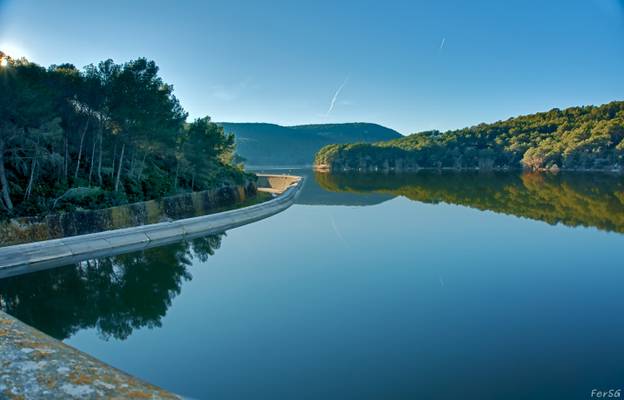
by Fer_SG
Shot taken from dam of "Foix swamp" (Pantà de Foix).
Thanks to all Phoide contributors to Spain!
Most notably Juan Blanco, Joanot Bellver, Xulio Barreiro, StarCitizen, angel, IGNACIO FERRE PEREZ, Fer_SG and Enrica Fabriani.
